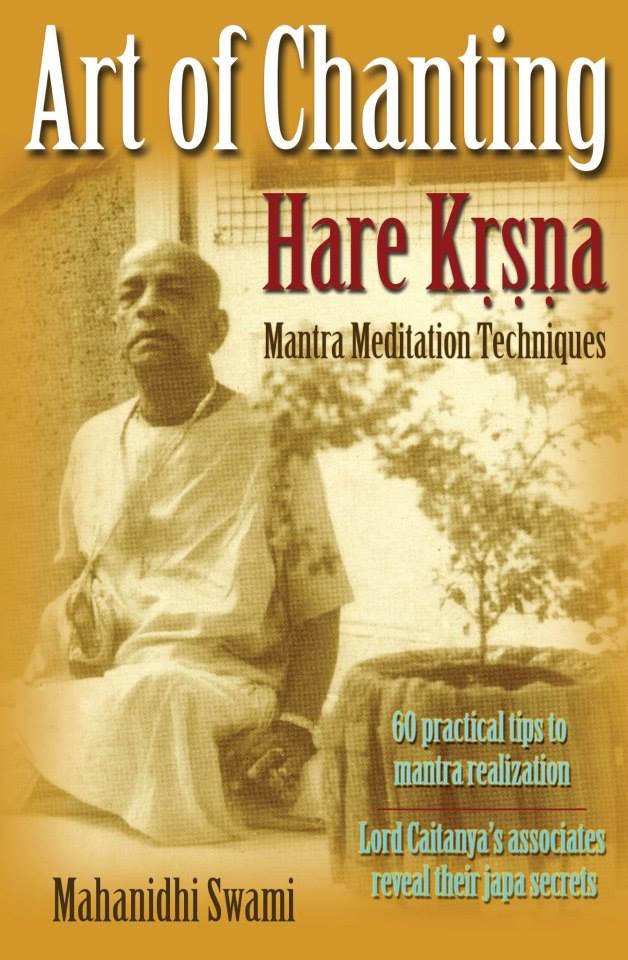Mahanidhi Madan Gopal Das
On the day of the mahotsava King Vrsabhanu beamed happily like the rays of the rising sun. Vrajesvari Yasoda received a warm greeting upon arriving in Varsana. After offering obeisances to the queen of Vrndavana, the younger ladies of the house glorified her, “Please listen attentively as we recount how Kirtida-devi (Radhika’s mother) praised you. She said, ‘Even Sarasvati cannot properly describe the wonderful nature of the creeper of mother Yasoda’s parental love. Then how can I possibly glorify her? As a devotee of Lord Hari can remove the miseries of material existence, similarly, Yasoda’s visit to our house will remove all inauspiciousness.
“Rohini-devi and her all-auspicious family members will be also welcomed into our house. I hope they will be kind and bestow their compassion on me. Tell them that they need not bathe at home, but they can quickly come here and do all their bathing in our palace.”
Vrajesvari Yasoda affectionately addressed them, “O ladies! You have conquered us with your humble praises. You need not treat us so respectfully or worry about us because we can take care of ourselves.”
King Vrsabhanu had collected beautiful paraphernalia from all directions in order to offer a royal reception to Maharaja Nanda, the king of the cowherd men. Lavish decorations beautified the entire city of Varsana. Beginning from the city gate, gorgeous ornaments adorned the entire royal road. Strings of sweetly jingling bells hung over the roadway. Auspicious water pots lined the sides of the road. Coconuts set on mango leaves rested above shiny brass pots.
Rows of decorated lamps accented the atmosphere. Being nicely swept and cleansed, the main road appeared free from dirt and dust. The densely foliated branches of the dark green banana trees prevented the sun’s rays from shining on the path. Kettledrums and mrdangas resounded melodiously in glorification. They created a festive atmosphere to greet the party of Nanda Maharaja.
After making all the arrangements Vrsabhanu Maharaja petitioned Surya-deva, his worshipable deity, to make his endeavors successful. Then he went to the path beside the main road and waited expectantly for the arrival of his guests. Rows of fruit-bearing betel trees lined both sides of the lane on which Vrsabhanu stood. First he saw the attractive young prince of Vrndavana strolling before His relatives.
Surrounded by His friends, Krishna illuminated the world with the brilliant effulgence coming from His lightning hued dhoti. The gopis cherishing paramour love for Krishna strongly desired to embrace His lotus feet that now graced the earth of Varsana. Thus Krishna, the personification of srngara rasa, entered the vision of the eager King Vrsabhanu.
Other family members such as the queen of Vrndavana, who is totally free from all faults and falsity, walked behind Krishna. Nanda Maharaja, who brings joy to the earth like a veritable manifestation of all good fortune, and his associates followed behind. Seeing them, Vrsabhanu Maharaja rushed forward to warmly embrace Krishna, the moon of Gokula who has attractive curly, dark blue hair. After bending his head slightly to show respect to the king and queen of Vrndavana, Vrsabhanu led them to his palace.
Upon entering the palace, King Vrsabhanu expertly arranged sitting places for his guests according to their position. He provided for all their comforts by engaging his servants in carefully and respectfully bathing, massaging, and dressing them. Everyone felt happy and refreshed from the fatigue of the journey after the warm reception.
Excerpt: Sri Kavi Karnapura’s Ananda Vrindavana Campu ki jai!
Krishna Nectar Lilas ki jai! Jai Jai Sri Radhe!
All parts of Krishna Nectar Lilas can be found here.

